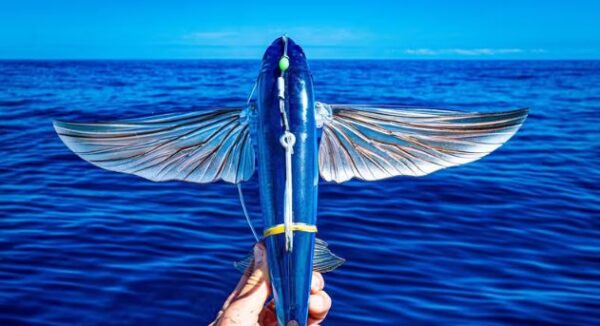More in Lifestyle
-


Lifestyle
Are 5G networks putting our health at risk?
By bukkyLet’s be honest—whenever there’s a new technology, it’s completely natural to ask, “But is this safe?”...
-


Lifestyle
7 things they don’t teach you about job hunting in South Africa
By bukkyNo one really prepares you for what it’s like to job hunt in South Africa. You...
-


Lifestyle
Say goodbye to boring packed lunches with these tasty tips
By bukkyBecause you deserve more than a cold sandwich and regret at noon. Let’s be honest: packed...
-


Lifestyle
10 most mispronounced baby names & why parents still love them
By bukkyChoosing a baby name is personal. For some parents, it’s about meaning. For others, it’s about...
-


Lifestyle
How to stretch your small salary to last throughout the month
By bukkyIt’s the beginning of the month, and as expected, your account is bubbling because you’ve barely...
Advertisement
- Ronwen Williams trolled after Bafana Bafana’s Afcon 2025 exit
- Makhadzi discharged after car accident, forced to take 10-week break from stage
- Gayton McKenzie blasts Bafana Bafana’s missed chances after Afcon 2025 exit
- Bafana Bafana’s AFCON dream ends after narrow defeat to Cameroon
- Big Brother Mzansi announces fan vote to bring back former housemate for Season 6
- 40 people struck by lightning in shocking Mathibestad incident
- “We will never celebrate you” – Nota fires back at Ntsiki Mazwai for self-praise
- Tebogo Thobejane praises son Botlhale for hosting iShow Speed in South Africa
- Ntsiki Mazwai demands appreciation for her cultural impact in South Africa
- Podcaster Penuel imagines Trump arresting Ramaphosa like Venezuela’s President Maduro


